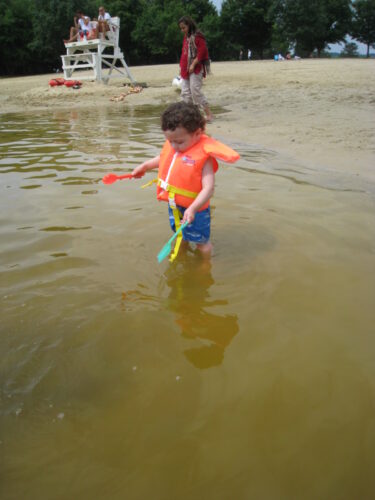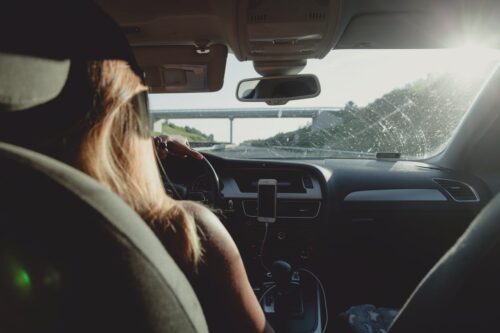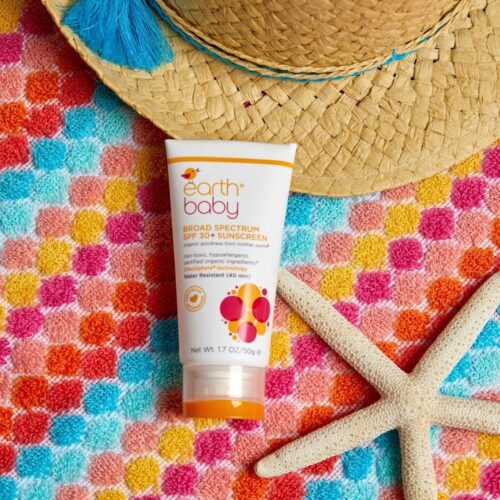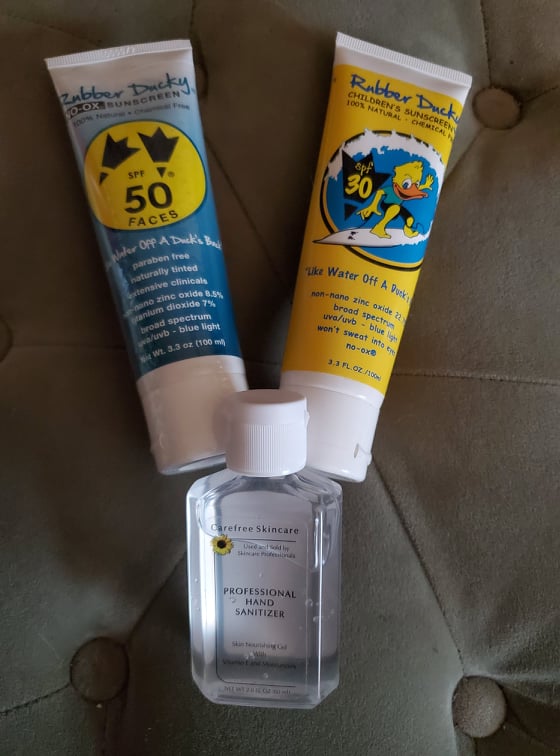Giving your car thorough maintenance before embarking on a road trip can save you a lot of trouble and disappointment. In addition to enjoying a safe and luxurious ride, you’ll rarely get inconvenienced by flat tires, dead batteries, engine knockouts, and more. Good car care, even on new and used SUVs near Cleveland, or your location, is so important. Get your mechanic to do a complete check-up to identify and troubleshoot existing or potential problems.
Getting stranded in a remote area when your car breaks down can kill road-tripping morale. Check out these tips for readying your car for a great road-tripping expedition.
Check Engine, Differential, and Transmission Lubricants
Keep an up-to-date record of your oil change dates and ensure to check the oil level before the traveling date. If the current oil meets the manufacturer-recommended oil-change intervals, get it changed. To optimize engine lifespan and fuel economy, use top-grade, high-quality, and name-brand motor oils.
Additionally, check the condition and quality of lubricant in your drive and transmission axle. Your owner’s manual has details of the time intervals at which you should change the lubricants, especially 75,000 miles of car mileage. Stop by the nearby oil-change shop to have the fluids changed and refilled.
Tire Treads and Pressure
Maximum tire pressure is essential for fuel-efficient driving and reducing tire blowouts. The best tire pressure level is not listed on the tire but on the fuel filler door or glove compartment on the driver’s side door. Visit your auto store before or on the trip date to check the pressure of your tires and have flat tires repaired or replaced. Additionally, check the tire tread and replace tires with excessively worn treads.
Check Your Vehicle Batteries
Although new cars come with healthy and functional batteries, get them checked before you embark on that road trip. Even new batteries can fail you if they are not fully charged. Additionally, extreme summer heat or winter cold can have a depleting effect on your batteries.
The lifespan of many car batteries is between five and seven years. When your car fails to start, check if the expiry date is already on. If the battery works fine but has lasted over four years, get an expert to test its charging ability. You wouldn’t want a situation where the battery dies in the middle of nowhere, and you’ve to wait for your mechanic miles away to save the day. You can also carry a fully-charged spare car battery to avoid disappointments.
Check the Car Brakes
Braking system failure while road-tripping can spell doom to your expedition and life. The situation could be worse if you’re driving at high speeds. Get your braking systems checked and your failed systems replaced by a qualified mechanic. Your mechanic can replace old brake fluid and worn-out or rusted brake pads.
Check the Condition of Your Car Insurance Policy
When planning a multi-mile trip to your favorite destination, consult with your insurance provider to know the condition of your auto insurance policy. You can renew the insurance or upgrade to a comprehensive policy if it has expired. Consider other insurance policy add-ons such as passenger cover and breakdown assistance. You might want to buy or renew your travel insurance to cover your passengers’ medical expenses in case of unexpected accidents.
Top-Up Your Toolkit
Having checked and confirmed everything in your car is working fine, it’s time you equipped yourself for uncertainties. Getting everything in order doesn’t mean more problems won’t arise, especially after many hours and miles of driving. So, prepare yourself with hand tools for resolving minor repairs, including screwdrivers, wrenches, and pliers.
Get a Bluetooth code reader for diagnosing pop-up error messages. A volt meter will enable you to check the battery’s charging state. Also, get jumper cables for jumpstarting your car when the battery goes exceptionally down. Other items to add to your toolbox include an air compressor and foam can for patching punctured tires.
This is the ultimate checklist for maintaining and preparing your car for road trips. Realize that the total number of repairs and the amount of money spend on readying a car for road trips depend on the condition and age of the car. Newly bought cars will often have fewer repairs so the maintenance cost will be lower.























